The Ultimate Guide to Crafting the Perfect Soft and Fluffy Chinese Flatbread: Unveiling the Secret Dough Softener Formula*
Chinese flatbread, known as da bing, is a staple in countless households and street-food stalls across Asia. Its appeal lies in its simplicity—a golden, crispy exterior contrasting with a soft, airy interior. Achieving that coveted texture, however, requires more than just flour and water. Enter the dough softener: a critical yet often overlooked component that transforms ordinary flatbread into a culinary masterpiece. This article delves into the science and art of creating the perfect dough softener formula, exploring ingredients, techniques, and troubleshooting to help bakers of all levels master the secret to irresistibly tender da bing*.

The Science Behind Dough Softness
To understand dough softeners, one must first grasp the basics of gluten development. When flour is mixed with water, proteins like glutenin and gliadin combine to form gluten, a network of elastic strands. Gluten provides structure but can also lead to toughness if overdeveloped. Fermentation, hydration, and temperature all influence gluten’s behavior. However, achieving consistent softness demands additional intervention—enter dough softeners.
Dough softeners work by modifying gluten’s properties, increasing hydration retention, and enhancing fermentation. They can be chemical (e.g., emulsifiers, enzymes) or natural (e.g., fats, dairy). The goal is to create a balance between elasticity and extensibility, ensuring the dough remains pliable during shaping and retains moisture during cooking.
Key Ingredients in Dough Softeners
- Emulsifiers (e.g., DATEM, SSL): These stabilize fat-water emulsions, preventing starch retrogradation (staling) and improving dough machinability.
- Enzymes (e.g., amylase): Break down starch into sugars, feeding yeast and softening the crumb.
- Reducing Agents (e.g., ascorbic acid): Weaken gluten bonds, reducing dough resilience and promoting tenderness.
- Hydrocolloids (e.g., xanthan gum): Trap moisture, enhancing softness and shelf life.
- Fats/Oils: Coat gluten proteins, limiting their ability to form tight networks.
The Ultimate Dough Softener Formula
For 500g of flour (approx. 4–6 flatbreads)
| Ingredient | Percentage (%) | Role |
|---|---|---|
| Vital Wheat Gluten | 2% | Boosts elasticity and protein content |
| Sodium Stearoyl Lactylate (SSL) | 5% | Emulsifier for texture and shelf life |
| Fungal Alpha-Amylase | 1% | Enhances fermentation and softness |
| Ascorbic Acid | 05% | Strengthens gluten and reduces toughness |
| Vegetable Oil | 5% | Lubricates gluten strands |
| Vinegar (5% acidity) | 1% | Lowers pH, improving flavor and shelf life |
| Water | 65–70% | Controls hydration and softness |
Step-by-Step Preparation
-
Hydration and Autolyse:
Combine flour, vital wheat gluten, and 70% of the water. Mix until shaggy, then rest for 20–30 minutes (autolyse). This hydrates flour particles and relaxes gluten.
-
Incorporate Softener:
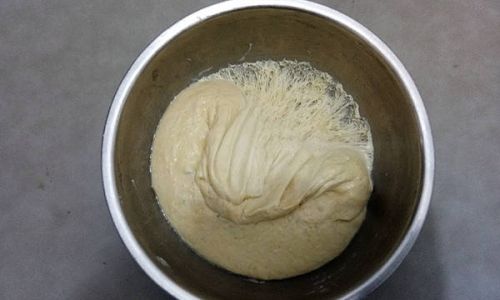
Dissolve SSL, amylase, and ascorbic acid in the remaining water. Add to the dough along with oil and vinegar. Mix on low speed until incorporated.
-
Kneading:
- Knead for 8–10 minutes (stand mixer) or 12–15 minutes (hand). The dough should feel smooth, tacky, and pass the windowpane test (stretchable without tearing).
-
Bulk Fermentation:
Ferment at 75–78°F (24–26°C) for 60–90 minutes. Fold the dough every 30 minutes to strengthen gluten.
-
Shaping and Proofing:
Divide into 100g portions. Pre-shape into balls, then flatten into discs. Proof for 20–30 minutes under a damp cloth.
-
Cooking:
Cook on a preheated griddle or skillet over medium heat. Flip when bubbles form (2–3 minutes per side). For extra crispness, finish in a 450°F (230°C) oven for 5 minutes.

Troubleshooting Common Issues
- Tough Bread: Overmixing or excess gluten. Reduce mixing time or vital wheat gluten.
- Gummy Interior: Undercooking or high hydration. Increase cooking time or lower hydration.
- Dry Crumb: Insufficient emulsifiers or fat. Add 0.2–0.3% SSL or 1% more oil.
- Dense Texture: Weak fermentation or low enzyme activity. Increase amylase or extend bulk fermentation.
Advanced Techniques
- Sourdough Integration: Replace 20% of the flour with ripe sourdough starter for complex flavor. Adjust hydration accordingly.
- Scalding Method: Mix 10% of the flour with boiling water before adding to the dough. This gelatinizes starch, enhancing softness.
- Tangzhong (Water Roux): Cook 5% flour and 25% water into a paste. Cool before adding to the dough. This pre-gelatinizes starch, improving moisture retention.
Natural Alternatives to Chemical Softeners
For those avoiding additives, natural ingredients can mimic softener effects:
- Milk Powder (2–3%): Adds lactose and proteins, enhancing browning and softness.
- Egg Whites (10%): Boosts extensibility and moisture.
- Honey/Sugar (1–2%): Feeds yeast and delays staling.
- Yogurt (5–10%): Introduces lactic acid for tenderness and flavor.
Scaling the Formula for Commercial Use
For large batches, maintain ingredient ratios but adjust mixing and fermentation times. Use industrial mixers with dough hooks and controlled-temperature fermentation chambers. Consider adding preservatives like calcium propionate (0.1–0.3%) for extended shelf life.
Conclusion
Mastering the dough softener formula is a blend of science and intuition. By understanding the interplay between ingredients like emulsifiers, enzymes, and hydration, bakers can achieve da bing that melts in the mouth while retaining its structure. Experimentation is key—tweak percentages, try natural substitutes, and refine fermentation times to suit your climate and equipment. Whether you’re a home cook or a professional, the pursuit of the perfect flatbread is a journey worth savoring.
Final Tips
- Always weigh ingredients for consistency.
- Use filtered water to avoid chlorine inhibiting yeast.
- Store softeners in airtight containers away from light and heat.
- Practice the “poke test” during fermentation: a dimple that springs back slowly indicates readiness.
With patience and precision, you’ll unlock the secret to flatbreads so soft they redefine comfort food. Happy baking!
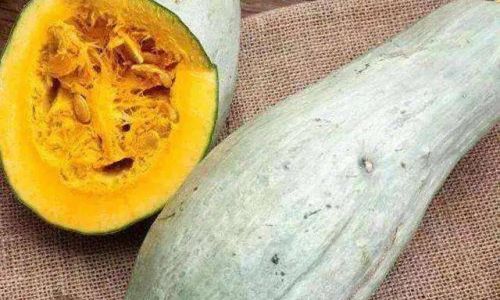
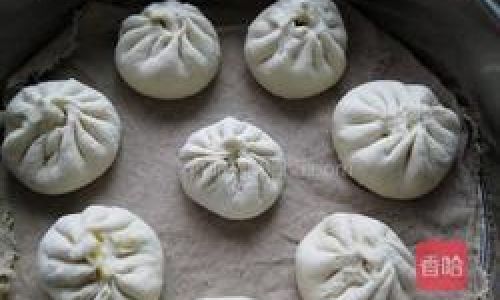
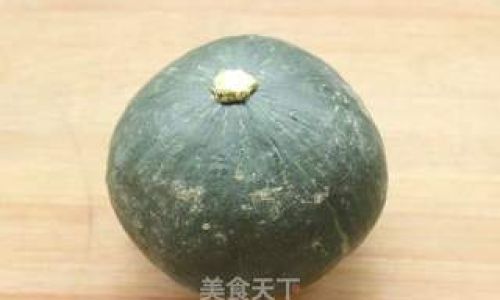
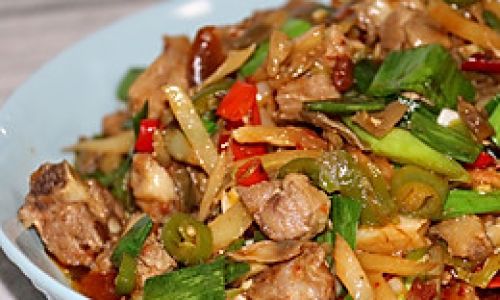
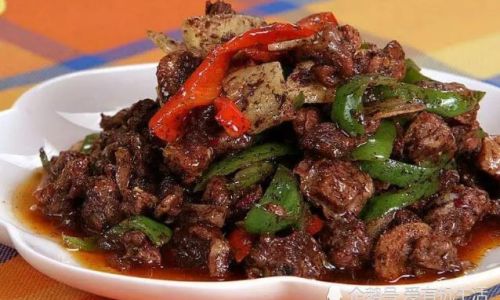
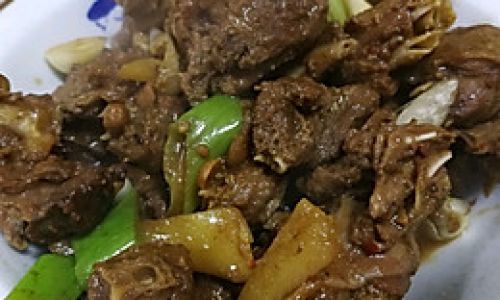
0 comments